Top tech trends for 2013
By Ryan Noik 11 January 2013 | Categories: feature articles?
As expected we all survived 2012, luckily with our iPads and ultrabooks intact. Hopefully 2013 will provide us with even more intriguing rumours, exciting announcements and actual useful products (light on the environment and pocket of course). Here are a few of the trends we see on the technological front in 2013.
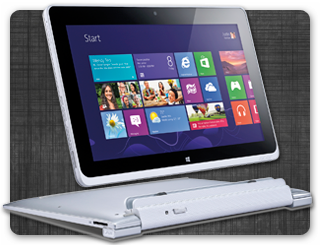
Is that an ultrabook or tablet?
This year, we expect the boundaries to continue to blur between ultrabook and tablet, particularly as manufacturers roll out their Windows 8 offerings and explore the hybrid forms made possible by touchscreens.
Not only should we see more units with detachable keyboards, but also new ultrabook forms, much like Lenovo's Yoga ultrabook, which twists and turns itself into several configurations to function as a slate-like device one moment, and a conventional notebook the next.
In essence, ultrabooks, rather than going quietly into that tablet blackened night, will continue to fight back to remain relevant, which means we should see manufacturers take the gloves off and show just how innovative they can be.
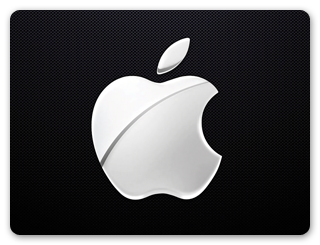
King Apple loses its crown
Apple redefined the smartphone market with the first iPhone in 2007. Since then, every incarnation was a hit, with the iPad also creating a whole new segment in consumer electronics in 2010.
But the Android competition has been catching up, as Samsung's S3 in particular made the iPhone 5 look a little dated, and dare we say, somewhat of a laggard by comparison.
On the software front, Google's Android operating system matured considerably last year with the launch of Jelly Bean, and we expect Apple to remain a little humbled by the Apple Maps debacle last year, or at least to double check and then triple check everything in future before it releases iOS 7.
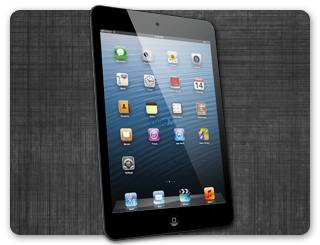
The implications of bringing your own device to work
It's no secret that employees have their own smartphone and tablet devices and want to use them at their workplace, and expect, and even demand, that their employers' comply. So popular is this trend that there is a name, and an acronym for it - Bring Your Own Device (BYOD). This year, we expect BYOD to grow as a trend, as both smartphone and tablet usage are only likely to increase.
This means that enterprises in particular will have to seriously come to grips with the security challenges encapsulated by the trend; thus expect to see more talk around security protocols and procedures, as well as concrete, measurable proof of productivity for those organisations that can cater to BYOD.
Additionally, more enterprise and business focused tablets (HP's ElitePad for example) should be released that aim to address BYOD and mitigate, if not eliminate, the associated hassles and security headaches for organisations.
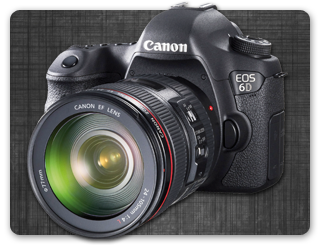
Cameras: More full-frame action
It used to be that full-frame cameras (an image sensor size of 36 x 24 mm) were almost exclusively the domain of the professional photographer, as they were roundly considered the cream of the DSLR crop, and had the price tag to match.
That began changing last year, as Canon released its entry-level full-frame DSLR, the EOS 6D (R20 000), followed closely by the Nikon D600 (R23 000). In fact, Sony went so far as to cram a full-frame sensor in a compact body (albeit with fixed lens) with their RX1. So can we expect this full-frame revolution to continue this year?
With both Canon and Nikon committed to their latest offerings for a sales cycle, it might just be up to the smaller companies to push full-frame (as we saw with mirrorless) into even more affordable, prosumer products.
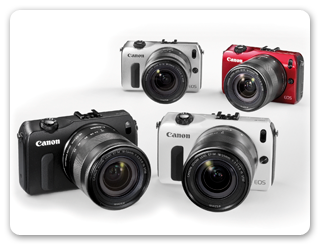
Small gets big as mirrorless carves out its niche
While Nikon and Canon were carving up the DSLR market, smaller manufacturers such as Sony, Olympus and Samsung, were setting their sights on mirrorless cameras, also called compact system cameras (CSC). These are characterised by a small, almost compact body size, with the versatility of interchangeable lenses.
While relatively new to the photographic world, mirrorless is gaining momentum with users who find compacts too limiting and DSLRs too bulky, and is especially big in Japan, grabbing close to 50% of the interchangeable lens market.
Now, with both Nikon and Canon in the mirrorless game, expect this segment to grow as more people view CSC as being valid (and more stylish) DSLR replacements.
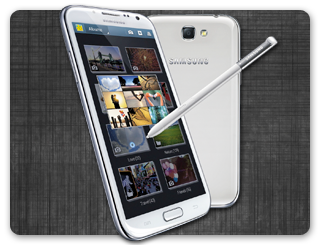
Phablets find their footing
A little more than a year ago, phablets (devices which are larger than 4.8" smartphones but smaller than 7" tablets) were considered a novelty, as the 5.3" Galaxy Note was hounded by questions such as: Is it too big to use as a phone? Will anyone actually use it?
Last year's release of the even bigger 5.5" Galaxy Note II put these questions mostly to rest, as users answered no, and yes, respectively, as the phablet was quickly snapped up both abroad and locally. This year, expect to see more competition in the phablet space coming from manufacturers such as LG, HTC and even potentially a whopping 6" offering from Huawei.
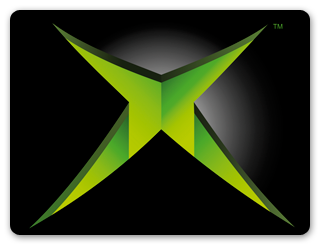
Are the Xbox 720 and PS4 coming?
With Nintendo rolling out its latest console, the Wii U, at the tail-end of 2012, this year we expect to see much more substantial news about the Xbox 360's successor (roundly dubbed the Xbox 720) if not an outright launch in time for the holiday season at the end of the year.
If the information leaks are correct, then we could see Microsoft's next-gen console boasting a Blu-ray drive, video acceleration, native 3D support and the second generation of Microsoft's motion control technology, Kinect.
The grand unveiling could either happen at this year's Electronic Entertainment Expo (E3) in June or at any point during the course of the year at a dedicated event.
Less easy to call is the launch of the PlayStation 4, as Sony has shot down rumours of a replacement for its PS3 as they have arisen, which means that a PS4's features, as well as its debut, would come as a welcome surprise.
The PS3 was launched a year after the Xbox 360 in November 2006, so it might be that Sony wants to get some extra mileage out of it.
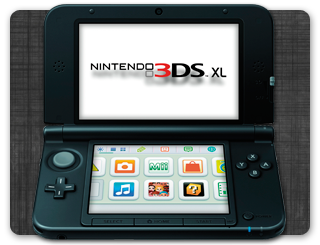
The rebirth of portable gaming
While 2012 was an eventful year for portable gaming, with the release of the Nintendo 3DS XL and the PlayStation Vita, it wasn't the easiest one, particularly as the latter tried and struggled to find its footing. This year, we believe that portable gaming on a variety of devices will come to the fore.
This we suspect, will be aided by not just a growing library, but by the likes of the Google Nexus 7 and the iPad mini, which provide for a more ergonomic and portable handheld Android and iOS gaming experience than offered by their larger 10.1" and 9.7" counterparts.
Additionally, if rumours are correct, 2013 may well be the year we see that portable Xbox we have been wishing for, since an 7" Xbox Surface is rumoured to be in the works. From all of the participants, expect more dual screen features, such as the Xbox SmartGlass app, which will probably 'play nice' with a larger HDTV and console.

Your phone has a virus
Cybercrime has become big business, and few destinations can now claim the same appeal as the mobile OS, with Kaspersky Lab detecting 35 000 malicious Android programmes for last year, which is about six times more than in 2011.
This year, we expect this trend to do anything but taper off, and in fact would not be at all surprised to see reports of more malicious viruses affecting not just the Android OS (99% of all mobile OS malware targeted Android last year), but making inroads into iOS and Windows Phone as well.
Thus, all the security software companies will likely pay particular attention to enabling users to secure their mobile devices, leading to antivirus and protection software on one's phone becoming an essential must-have.
Look out for this to be increasingly offered on a service provider level too.
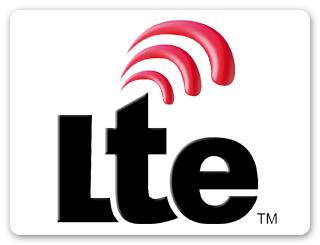
LTE is here, and burgeoning
Long term evolution (LTE) is a next generation network that boasts the ability to operate at speeds of up to three times faster than 3G technology. Last year Vodacom and MTN commercially launched their LTE services within Johannesburg and other major cities including Cape Town, Pretoria, and Durban, whilst 8ta and Cell C each launched a trial service.
These operators also made a number of LTE-enabled devices available for purchase the likes of the Nokia Lumia 920 and an LTE version of the Galaxy S3, along with USB modem dongles.
As 2013 progress we'll see all the networks moving to LTE, with more base-stations leading to an increase in coverage area. But while lightning quick downloads are awesome (no more waiting for YouTube videos), paying through your nose for all the MB you sniff up isn't, so we can only hope for further drops in data prices.
Jump to part two.
Article first appeared in TechSmart 112, January 2013. Read or download it here.
Most Read Articles

Have Your Say
What new tech or developments are you most anticipating this year?


